20 years of Ableton Live: a history told by the founders and developers
As the influential DAW turns 20, we talk to some of the team members who have steered the software to ‘industry standard’ status
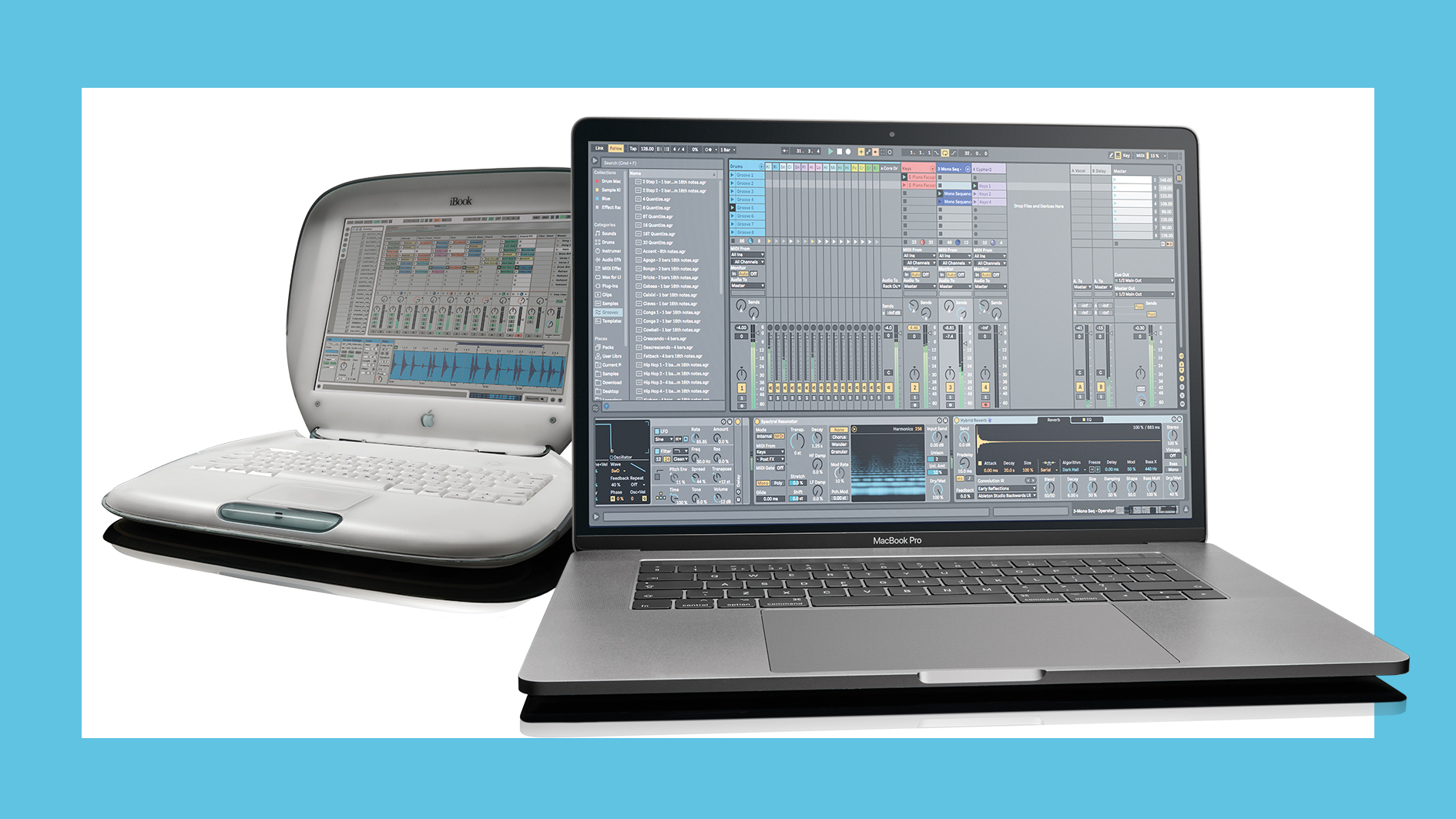
It wouldn’t be too hyperbolic to liken the influence Ableton Live has had on electronic music in the 21st century to that of Roland’s grooveboxes in the 1980s.
Live is far from the only software tool around – for every track created in Ableton’s DAW, there are countless others made in the likes of Logic, Cubase or Reason – but just as the TR-808 and TR-909 laid down the blueprint for both the tone and sequencing style of modern electronic drums, so has Ableton Live defined a specific style of music software; one that bridges the gap between recording workspace and instrument in its own right.
Live launched on 30 October 2001, at a time when processing power was just making the concept of laptop-based live performance realistic for electronic musicians.
Its design is undoubtedly a product of its originators’ DIY ethos and the adventurous spirit of Berlin’s 1990s music scene
The design of Live 1 wasn’t entirely without precedent, Sonic Foundry’s Acid already allowed musicians to play with time-stretched loops, and Propellerhead’s Rebirth had cemented the idea of computer-as-instrument.
Still, the majority of recording software at the time was built around a ‘digital tape machine’ paradigm, focused on replicating the workflow of traditional studio recording systems.
It’s significant that the creators of Ableton were forward-thinking musicians first. While Ableton is hardly the only music-making brand with a musician at the helm, its design is undoubtedly a product of its originators’ DIY ethos and the adventurous spirit of Berlin’s 1990s music scene.
Ableton Live co-creators Gerhard Behles and Robert Henke originally gained recognition with Monolake, their minimal techno project signed to the influential Chain Reaction label owned by Basic Channel’s Moritz Von Oswald and Mark Ernestus.
Want all the hottest music and gear news, reviews, deals, features and more, direct to your inbox? Sign up here.
Having first met each other at the Munich branch of the legendary Synthesizerstudio Bonn, Monolake was formed when Behles and Henke reconnected in Berlin, where they had both relocated to study Computer Science.
In those early years the pair released a string of cult classic releases including the albums Hongkong and Interstate, both of which hold up remarkably well over 20 years later.
Once upon a time…
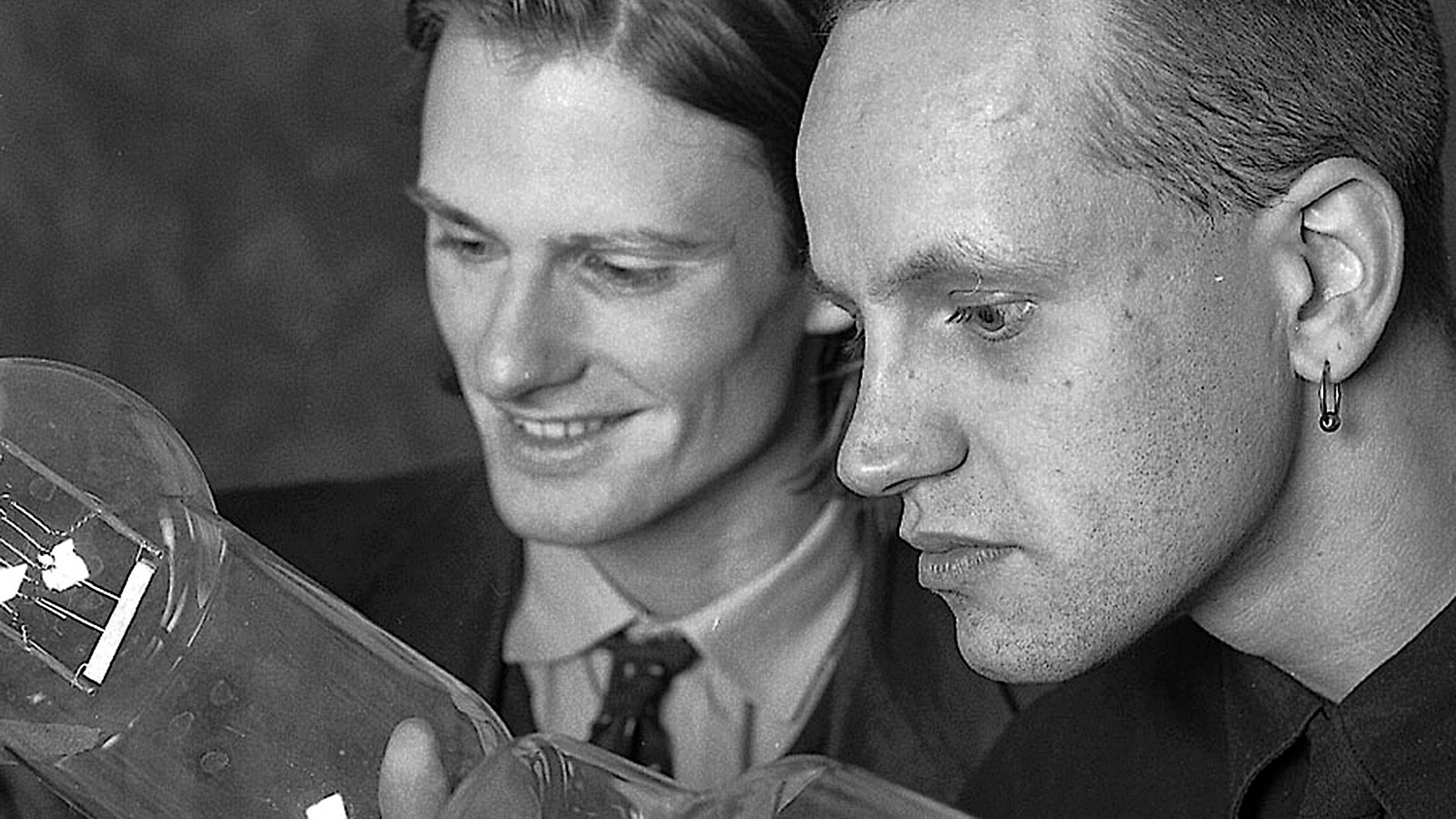
The Berlin scene in the ’90s was evidently fertile ground for forward-looking music-making. As well as birthing the genre-bending dub techno of Basic Channel and classic albums like Porter Ricks’ Biokinetics, it also provided the roots of several big music tech brands, including Native Instruments, launched in Berlin in 1996, and Ableton, which Behles founded with fellow developer Bernd Roggendorf in ’99.
“You have to imagine, the place was in a total state of limbo because the wall had just come down,” Behles tells us. “In hindsight it was much less stable than one thought, being in it. The whole political situation was fragile, there was so much uncertainty and unclarity, but in that openness a lot could happen.
“Large parts of the city were vacated or so run down that nobody could live there, but it was intact enough that you could set up an illegal club – and that happened all over the place. There was always a way to play, have a gig, and always an audience. It was very exciting.”
The original concept for Live has its roots in the way Behles and Henke were making music. By the late ’90s the pair were already making use of self-created software tools
The original concept for Live has its roots in the way Behles and Henke were making music. By the late ’90s the pair were already making use of self-created software tools.
Henke came from an engineering background, and had previously modified hardware synths such as his Roland Juno-6. Behles then introduced him to the programming environment Max, developed by Cycling ‘74.
The pair used Max to design creative tools to facilitate their own music making, many of which provided the basic ideas behind version 1 of Live.
“We used what was available for music-making – hardware, Pro Tools for editing work – and I think the need [for Live] came simply out of this practice,” Behles recalls.
“We realised that the software that was available was entrenched in the traditional studio metaphors, which didn’t have much to do with how we were making music. We wanted to bring a more fluid, improvisatory notion to music software. It came naturally out of actually making music.”
“The main goal was to build a system that allowed us to improvise with material on stage,” co-creator Robert Henke explains. “Other software was aimed at the studio, at recording, but we did not want to record since we were lousy players. We wanted to interact with computers in a playful way.”
Version 1 of Ableton Live was entirely focused on looping audio and samples, primarily with live performance in mind.
“We decided to go for audio loops first because Gerhard had experience with time-stretching audio; he wrote his master thesis about it,” Henke tells us. “It was also a simple way to offer users lots of material without the need to build our own instruments first.”
Live Sessions
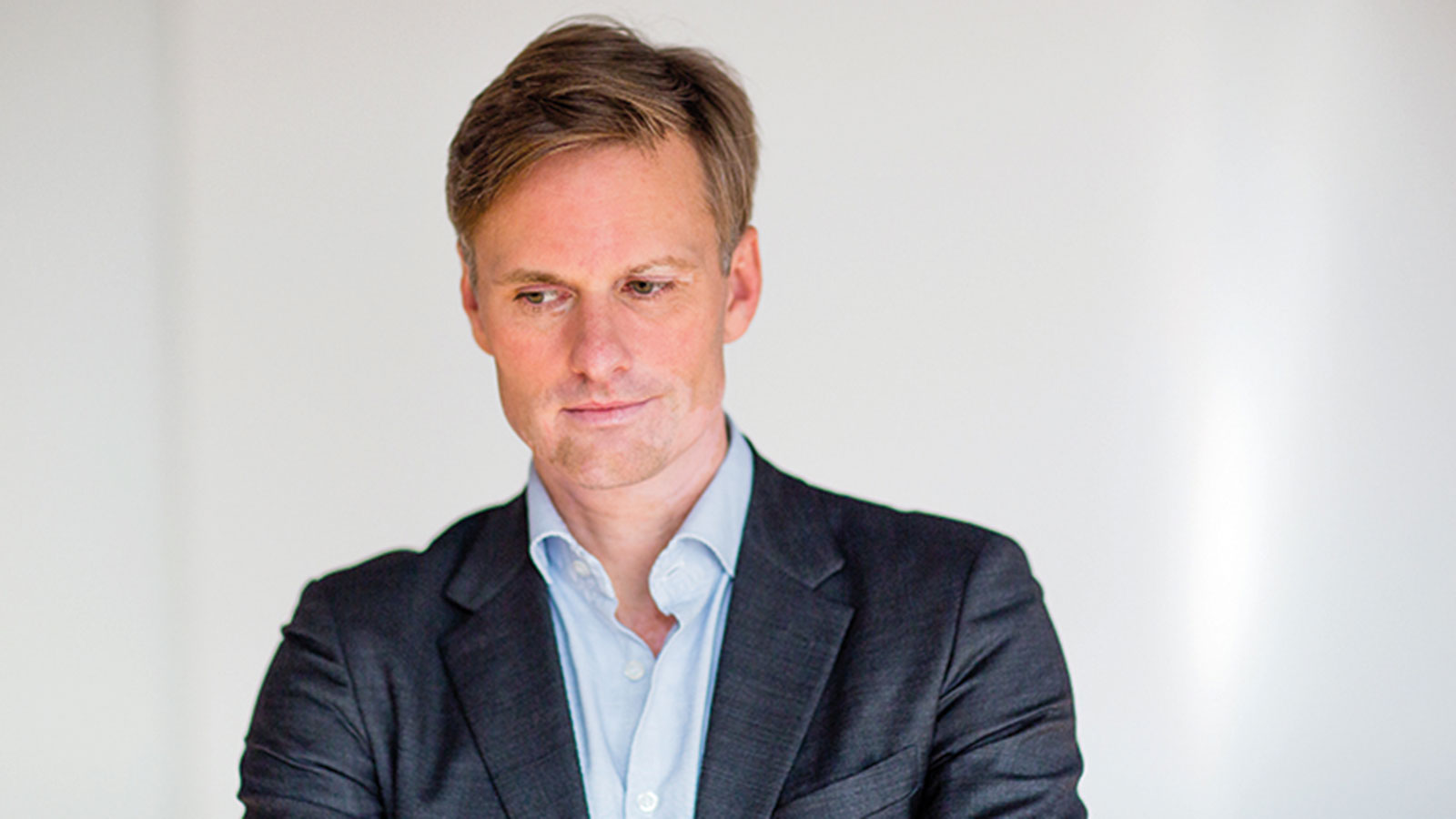
Despite being considerably more limited in scope, the original incarnation of Live still featured many of the design elements that still define the DAW in 2021.
Most notable is the clip-launching Session View, which allowed users to trigger and perform with audio clips time-stretched to fit the project’s BPM. Live 1 also came stocked with a small clutch of effect Devices including a four-band EQ, Erosion distortion, and Filter and Grain Delays.
At the time of launching that first product, Ableton was still a fairly small operation. Between 1999 and 2001, version 1 was developed by the three-person team of Behles, Henke and Roggendorf, before growing into a company with a little under 20 employees around the time of launch. Still, despite the limited resources, the launch of Live 1 proved to be an organic success.
Back then the idea of using computers for onstage performance was limited to the world of advanced or professional electronic musicians
“I found it was a very receptive time and a receptive scene,” Behles recalls of 2001’s music software sphere.
“We had very early fans, and it caught on naturally and organically. It wasn’t as if all of a sudden there was a big splash of sales – you could see a continuous momentum build over time. It was driven by people who shared our personal musical needs.”
Longtime Live developer Christian Kleine has a similar memory of the time after Live 1’s arrival.
“At the time, there was a real desire for a program like Live, but it was mainly with artists who already knew exactly what they needed it for,” Kleine tells us.
“It was mainly quite experienced artists, not so much newbies just tinkering around. Back then the idea of using computers for onstage performance was limited to the world of advanced or professional electronic musicians. It took a while for the user base to get wider, it was certainly a niche product at first.”
No road map
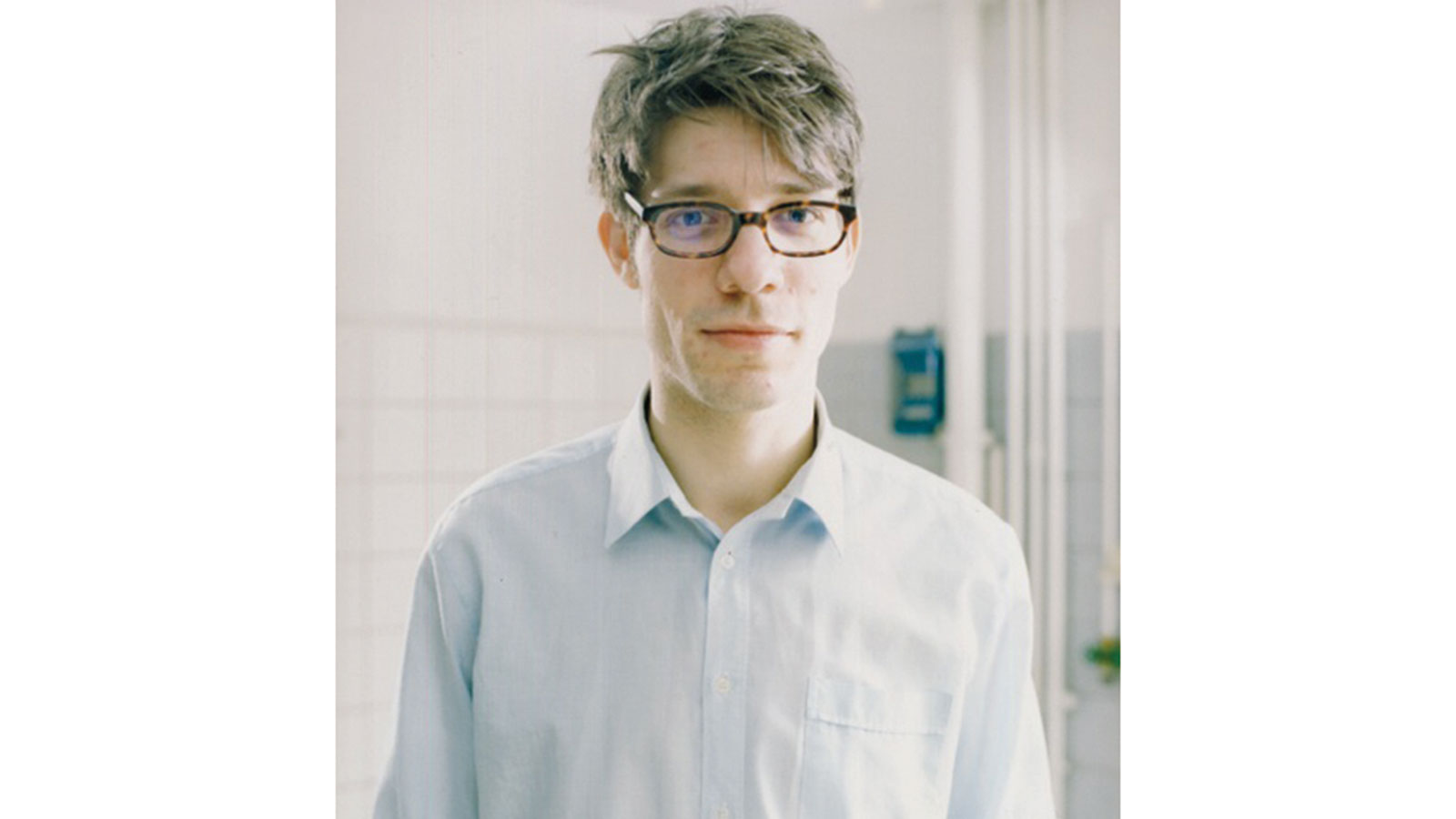
In those early years, Live’s rise to wider recognition was helped significantly by several high-profile adopters, including Sasha and Richie Hawtin.
While the first few versions of Live mostly stuck tightly to a quite similar template, version 4 introduced some significant changes that were inspired by the needs of that growing user base, the most notable being the addition of MIDI instruments.
“I don’t think [that expansion] was always planned, but it naturally panned out that way,” Kleine recalls. “Initially if you were a studio musician you’d need to use a separate tool with MIDI but there was this elegance of working with audio in Live.
“Of course you start thinking about what you’d need in order to use Live for everything. MIDI is a no-brainer, of course, then there were other things like video support or Rewire compatibility. It wasn’t so much a planned roadmap as a natural development.”
Much like Henke and Behles, Kleine came to Ableton from a background as a musician, working as both a solo artist and a duo with Thaddeus Herrmann. Having met the company founders through Berlin’s electronic music scene, he joined Ableton in the initial intake of staff around the launch of version 1.
The innovation comes from making something unique but which can still be applicable to all kinds of users. That’s the challenge but also the fun
He initially came onboard as the company’s sole tech support person, before transitioning to a role as a UX designer and member of Live’s growing Sound Team. His recent contributions have included development of Live 11’s excellent Spectral effects, as well as extra-curricular creations under the banner of Max For Cats.
He explains the varied process behind how Live’s Device toolset has grown over the years since version 1. “We don’t want to just add things that cater for one specific genre, you want [Live] to be more open,” he tells us. “There are certain things I’d call bread and butter – you need a delay, you need a chorus, you need a reverb. But beyond that maybe you also need some more specific tools, and that’s where things like those Spectral effects come in.
“Sonically, those are much less broad, but at the same time you’re trying to create something that can perhaps open up that world to more people. The innovation comes from making something unique but which can still be applicable to all kinds of users. That’s the challenge but also the fun.”
Aside from the natural growth in the company’s size, there have been numerous significant changes at Ableton over the past two decades. For Behles and Henke, that meant going in different directions when it came to balancing their roles at Ableton with their music making. Fairly soon after Ableton was founded, Behles left Monolake in order to concentrate on the company.
“I tried to continue making music with Robert as Monolake, but I realised pretty quickly I didn’t have the energy,” he explains. “A startup is a completely absorbing kind of situation, I was empty at the end of the day.”
Prodigal son
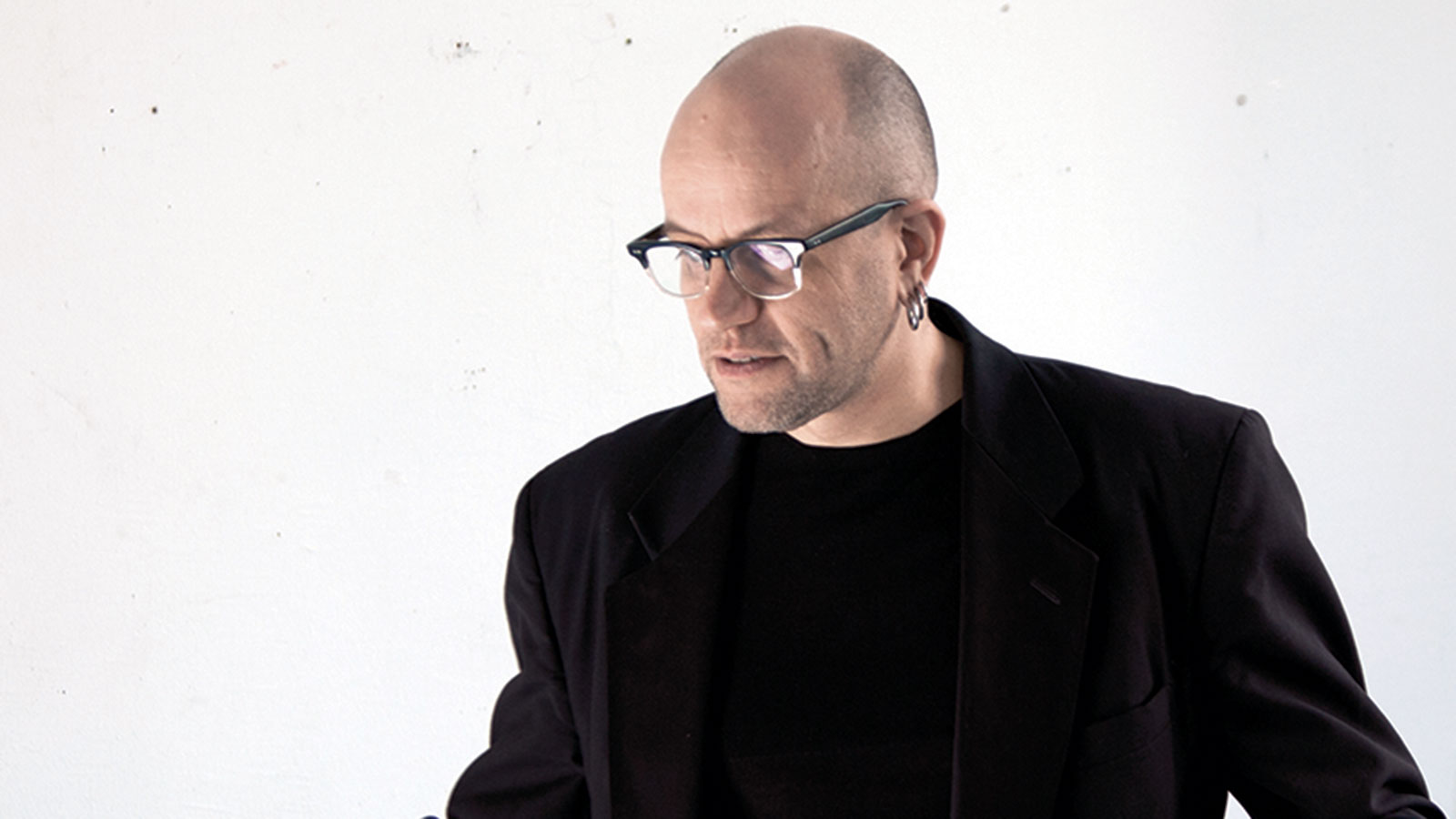
Henke, on the other hand, eventually stepped back from his full time role at Ableton in 2010 to allow more flexibility with his music making.
“It was the classic situation of a growing company,” he tells us of his decision. “At the start, it’s all very informal and everyone speaks with everyone. Then this becomes less possible and suddenly every decision-making process is complex. I didn’t feel the momentum of those early days anymore.”
Despite stepping back, Henke has maintained an active involvement with Ableton, increasingly so in recent years.
“After being outside the company mostly for a few years, I noticed how much I missed being part of it,” he explains.
“I am very much back again. Also the structure now is different than it was ten years ago, I feel we found a better way to keep that big ship running. Finding the right balance between wanting to be at the office all the time and wanting to go on tour and produce music and installations is still tricky, but I don’t think I should complain about that.”
We felt that as Live matured and became a staple in the music-making landscape, it would be beautifully complemented by bringing it together with Max
Of the changes to Live itself over this time, probably the most significant has been the incorporation of Max. Max – later Max/MSP – has always had a close link to Ableton and its team.
Henke and Behles used the programming environment to work on the early ideas behind Live, and over the years it’s provided a platform for developing many Live devices.
“I’ve been a Max user since very early days, almost since it’s existed,” Behles tells us. “A lot of our own music-making was based on Max programming. It’s how we grew up, basically; it was the first programming language for me.
“We felt that as Live matured and became a staple in the music-making landscape, it would be beautifully complemented by bringing it together with Max,” he continues.
“It’s like opposite ends of a scale. In Live, a lot of the appeal of it is in what somebody called benign dictatorship, it’s quite clear about how things will go. You will not be going down too many rabbit holes in terms of configuration. With Max it’s the exact opposite, everything is possible. We were interested in bridging the gap and seeing what could come out of that fusion.”
“The introduction of Max for Live was a logical step,” Kleine tells us, expanding on this. “Robert Henke, myself and others loved Max as an environment to create things. And for me, as more of a musician and a non-C++ developer, it’s the quickest way to go about creating these things.”
Max For Live

Max For Live was first introduced with Live 8 in 2009, before Ableton bought Max creators Cycling ‘74 in 2017 (the company now operates as an independent but wholly owned subsidiary).
As of Live 10, Max now comes fully incorporated into Ableton Live, allowing users to expand their Live toolkit with an assortment of official, third-party and community-created devices, or build their own tools using its programming environment.
“There was always this mutual friendship between Cycling ‘74 and us,” Kleine continues. “I knew all those people through playing concerts too – Joshua Kit Clayton and so on.
“There was the same mindset again about using computers and software to make creative electronic music. I really admired all those early Max programmers who created really elaborate standalone programs with Max, that was always inspiring me.”
One significant early trend was the adoption of Live as a tool for DJing. Given its ability to sync and blend loops of audio, it wasn’t a huge leap to see Live as a replacement for a set of CDJs or turntables
As with other changes to Live over the years, the incorporation of Max has been a response to the needs of artists and users as much as internal decisions. In the pages of Future Music over the past decade, numerous artists have demonstrated ingenious applications of Max For Live.
Richie Hawtin, a notable early adopter, told us in 2010 “now that they’ve opened it and you can program your own things into it with Max for Live, that really makes it the perfect centre-piece for any audio/visual presentation. That’s what Ableton is great at.”
In more recent years another notable user, James Holden, has shown us how he uses custom Max devices to keep Live in sync with live musicians and jam on the fly with tempo-locked effects. “I don’t know how I would have done it or learned how to do it before Max for Live,” he explains.
Much of Live’s development has been a response to new and innovative use cases in this way. One significant early trend was the adoption of Live as a tool for DJing. Given its ability to sync and blend loops of audio, it wasn’t a huge leap to see Live as a replacement for a set of CDJs or turntables.
However, with early versions of Live longer audio clips often needed to be manually ‘warped’ by adjusting markers on the beat transients. For a while, this created a small sub-industry where big name DJs would employ people specifically to prep tracks for Ableton Live. That all changed with the introduction of the Auto-Warp feature in Live 5 – a capability that has only got more reliable as time has gone on.
To each their own
Witnessing the way users are interacting with Live still has the ability to surprise its creators, and can have a major impact on the direction of future updates.
“Those have been pivotal moments,” Behles tells us. “I can think of one where I attended a high school class. These were 12, 13 year olds, equipped with Live and Push. They all walked out after an hour with a song that they’d conceived from first principles, making a sound in that classroom.
“That was incredibly powerful and eye-opening, and changed a lot for us in subsequent developments. We decided then to really consistently support the use [of Live and Push] in the classroom, and make it its own product.”
Kleine, equally, marvels at how he can still be surprised at the way users interact with Live.
I don’t think we’ve ever been thinking very much in competitive paradigms. Instead the question is, ‘what can we actually affect for people who make music?’
“I can always see how different musicians’ characters can be applied to the way they use the software,” he tells us. “If you look at videos from Ned Rush, for example, it’s so radically different from the ways that some other artists might use Live. It’s fascinating to see how misuse of certain functions can work.”
20 years on, the role Ableton Live has within the music making industry has undoubtedly changed somewhat. In 2001, the software was an innovative newcomer, but now many of its principles have been adopted by other brands, to the point that some of them are almost industry standards.
The clip-launching concepts popularised by Live can now be found in Apple’s Logic and Garageband, or in hardware products such as Akai’s Force workstation.
Other products, such as Bitwig Studio – which shares some original developers with Live – have directly built upon the DAW’s base concepts and taken them in different directions.
“I don’t think of that as our challenge, as much as living up to the responsibility that comes with a great number of people coming to Ableton wanting to make progress as a music maker,” Behles says, explaining how Live’s ideas have spread across the industry.
“I don’t think we’ve ever been thinking very much in competitive paradigms. Instead the question is, ‘what can we actually affect for people who make music?’ There’s a lot of privilege which is still associated with getting access to music-making. We don’t like it, we want to take down these barriers. This is much more the challenge that we’re looking at: how can we make this whole situation more inclusive?”
Plus CA change
As the user base has widened and Live’s basic principles have become more entrenched, the development challenges for Ableton have shifted away from the outright technological innovation of early incarnations towards an emphasis on accessibility.
One significant aspect of Live’s design is how little its layout has changed over the years. While Live 11’s feature set is vastly different to Live 1, comparing the two UIs side-by-side it’s remarkable how similar they look.
“Sometimes for fun I take out my old 20-year-old Powerbook and play a Live set with version 1 – and it feels the same!” Kleine tells us. “The important thing for us is that knowledge you gain with the program doesn’t change. You don’t want to have to relearn the program with each new update.”
We’re really careful with implementing big new features. You can always throw a new feature at something, but it’s much harder to integrate it in a way that feels natural
As much as this simplifies the user experience, it can be a hindrance from a development point of view.
“Sometimes it would be easier for us just to change everything rather than being consistent over the long term,” Kleine explains.
“We’re really careful with implementing big new features. You can always throw a new feature at something, but it’s much harder to integrate it in a way that feels natural. It’s almost like a word processor program, which doesn’t change much because, if you want to write a novel, the functions you need don’t change.”
Where other brands of a similar age have expanded into new product lines, it’s interesting how focussed Ableton have remained. Alongside Live, the company now create a handful of other products, but all are intrinsically tied to the core program. There’s the Push controller, their only hardware product, plus the open sync tool Link. Where they have branched out though, is in its learning tools and Loop conferences.
“We know we can play a much more productive role in [users’] progress and development,” Behles tells us, “we have collected the evidence by doing experiments over the years. We made Learning Music, a website for learning the basics of music theory, and Learning Synthesis, the same thing for learning about synthesis. We put on a big conference, and learned a lot from that.
“Every time we do something like this we see this massive traction. People are so hungry for growing their practice and skill, and finding community. We find there’s so much need there that’s not within the bounds of making a musical instrument, or a piece of music software, so we feel that change is already well under way.”
Changing Live
Despite all the changes to Live and Ableton over the past 20 years, Behles doesn’t think the typical user has changed dramatically.
“The commonality between all the people that we cater to is strong,” he tells us. “Of course what has changed is diversity, in terms of what they look like, and many differences in the way of background. Luckily, there is now a wider range of people in terms of gender, and colour, it’s got better in that sense but we still have a long way to go.
“What’s still shared and still feels not so different from back in the day, is the core motivation. We still don’t really speak so much to people who have to make music for a living, but to people who want to make music because it’s their passion, it’s what they want to do with their lives. Some of those people actually do run it as a profession, but still the core of the drive is just wanting to make music. That hasn’t really changed.”


I'm the Managing Editor of Music Technology at MusicRadar and former Editor-in-Chief of Future Music, Computer Music and Electronic Musician. I've been messing around with music tech in various forms for over two decades. I've also spent the last 10 years forgetting how to play guitar. Find me in the chillout room at raves complaining that it's past my bedtime.